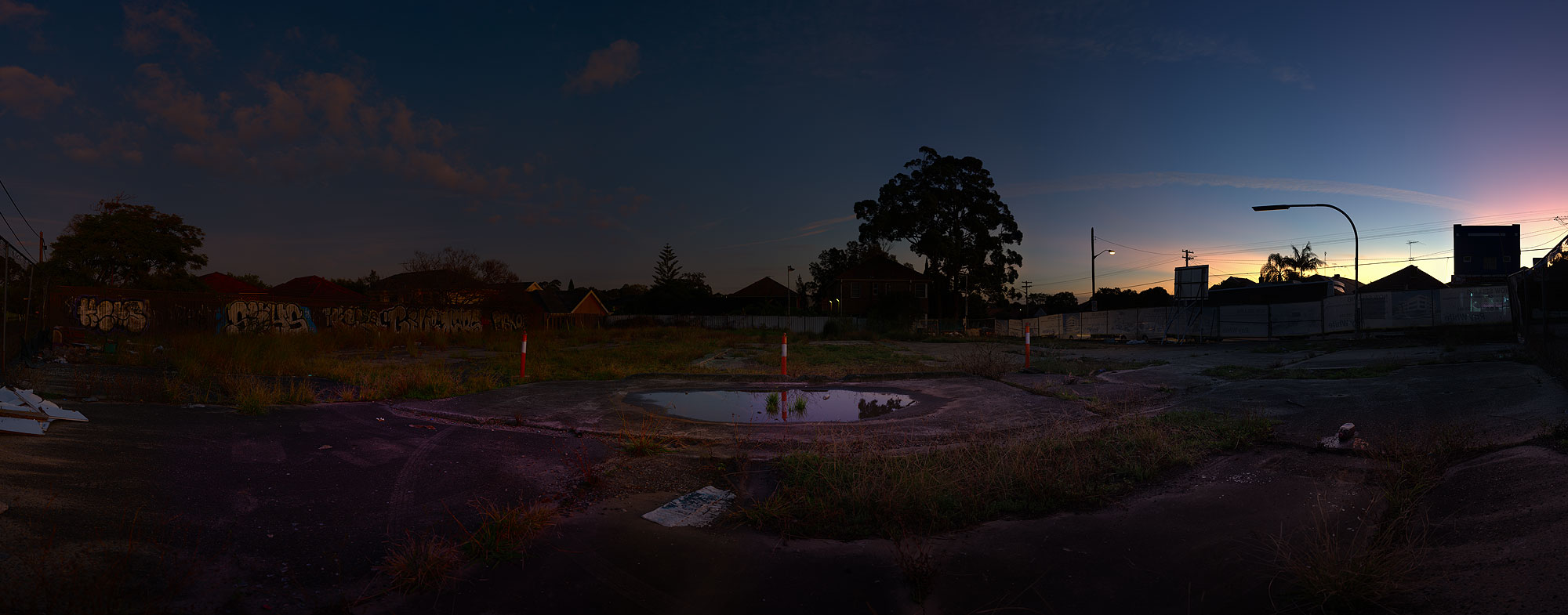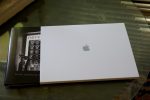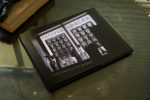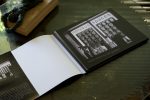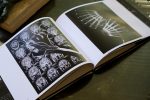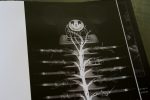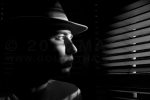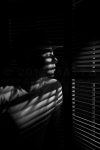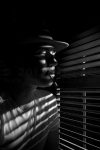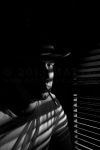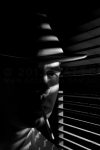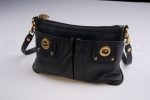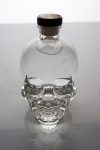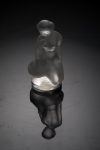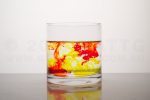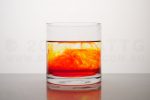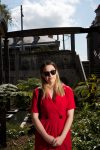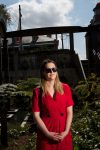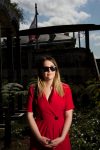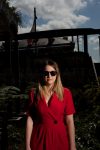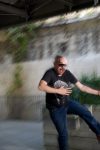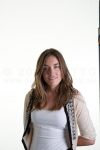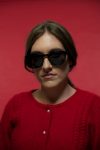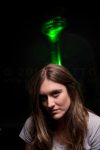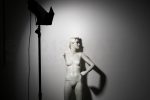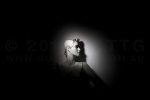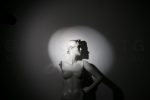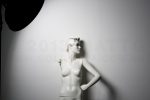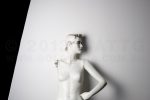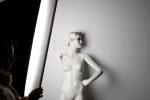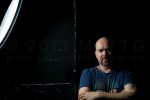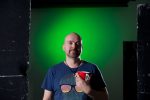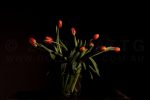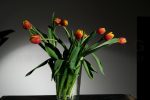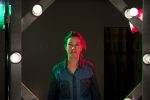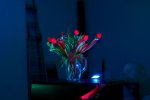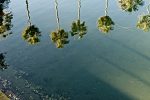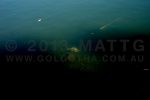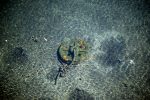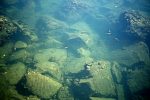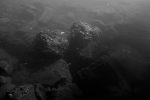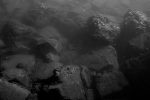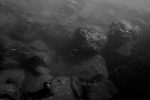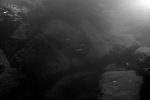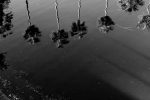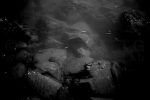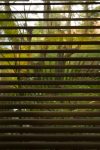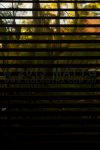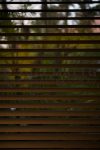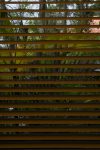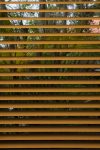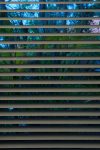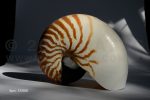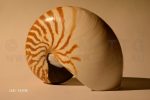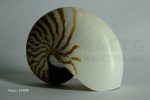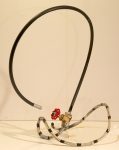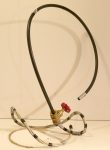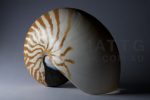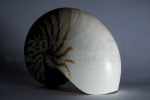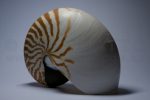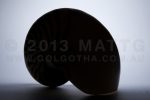It’s been a long hard week of cramming new information into my brain. Monday to Wednesday was spent at a training course in SketchUp – an architectural drawing / modelling package. I’ve been using SU for quite a few years, but never really clicked with it the way I’d wanted to. One of the things I learned during this course is that some of the idiosyncrasies which had acted as a kind of barrier to understanding the logic of the app’s interface and experience weren’t just me being clueless, but are actual issues that need to be worked around.
Anyway, the other thing I learned is what a demoralisingly large amount of time I’ve wasted in the past, doing things that can be automated with a more disciplined workflow. What’s actually been an interesting cognitive leap is realising that a lot of how you use the program is to think of it like web design, and CSS – you set up chains of dependencies between objects, that allow you to make edits to a single one, and alter many aspects of the model at once.
The three days of the course were in North Sydney, and held during normal business hours. I’ll be honest, I haven’t experienced Sydney public transport in rush hour times for a number of years, but jebus, it’s a freaking nightmare. Granted, I was able to make my trip reasonably quickly, but the crowds…
Anyway, once that was done with, and I had my nice certificates, I was able to tackle this week’s photography exercise.
This was an attempt to experiment with geometry, shooting through a venetian blind at the riot of shapes outside. The weather was windy, and I was hoping to capture motion blur on the palms of my balcony, while also getting maximum depth of field. To do this, I was using 15-30 second exposures and f32 aperture, which required setting the ISO to about 50 and -5 stops of exposure compensation. That was still too bright, so I held a sunglasses lens over the camera, which seemed to work.
The last one (and its colour corrected version) really got something interesting happening. The blind ends up looking like a backing paper, and the gaps like strips of image, with drop shadows falling on the backdrop. Something I need to try is exposing for the sky to get the blinds really dark, and lighting the balcony outside so the dark bands are clearly visible all the way down. Perhaps a night shoot is called for.
I ended the week with a visit to the Australian Maritime Museum, where there’s an Ansel Adams exhibition on at the moment.
